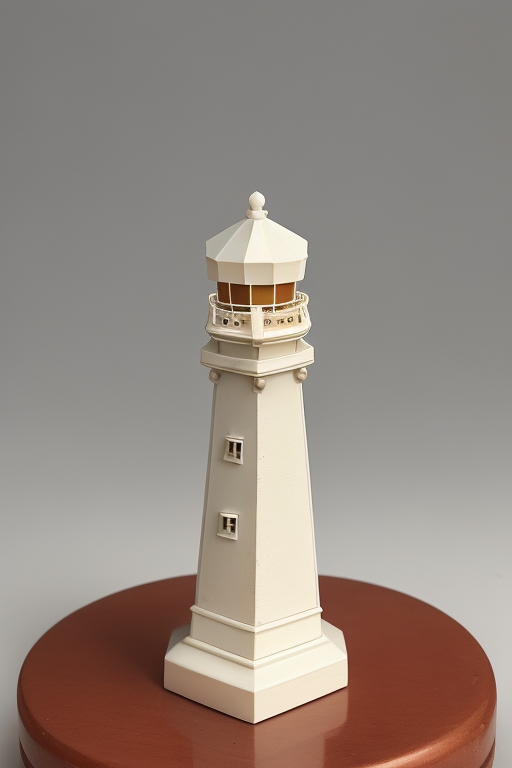Piececlopedia: Coordinator
Historical notes
The coordinator was invented by Robert Abbott for his game Ultima . The rules for Ultima were first published in 1962.
Movement
The coordinator moves as a chess queen. At the end of its move, any enemy piece that is on the same file as the coordinator and same rank as the friendly king, or on the same rank as the coordinator and the same file is the king, is captured. The coordinator can never move to an occupied square. Note that it is possible for the coordinator to capture two pieces in one move.
Movement diagram
In the diagram below, the coordinator (represented by the symbol for the rook, since the game Ultima uses the chess rook to represent the coordinator) can move to any of the circles marked with a black circle. If it moves to b7, c7, or d7, it captures the bishop on g7. If it moves to e4, it captures both the rook on e2 and the pawn on g4. Note that moving the white king to f3 or f1 does not result in a capture of the knight on g6 - a capture is only made when the coordinator moves.
![]()
![]()
![]()
![]()
![]()
![]()
![]()
![]()
![]()
![]()
![]()
![]()
![]()
![]()
![]()
![]()
![]()
![]()
![]()
![]()
![]()
![]()
![]()
![]()
![]()
![]()
![]()
![]()
![]()
![]()
![]()
![]()
![]()
![]()
![]()
![]()
![]()
![]()
![]()
![]()
![]()
![]()
![]()
![]()
![]()
![]()
![]()
![]()
![]()
![]()
![]()
![]()
![]()
![]()
![]()
![]()
![]()
![]()
![]()
![]()
![]()
![]()
![]()
![]()
AI Art


This is an item in the Piececlopedia: an overview of different (fairy) chess pieces.
Written by Benjamin C Good.
WWW page created: September 14, 1998.
